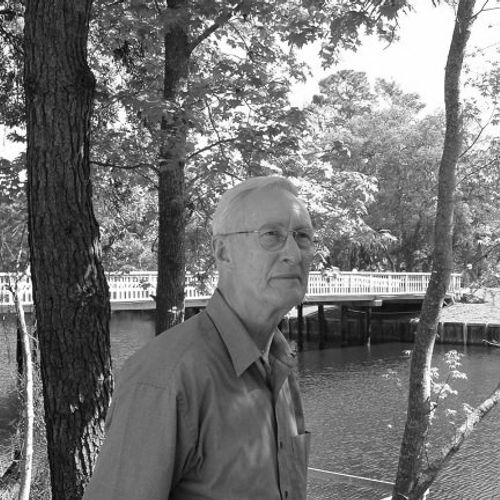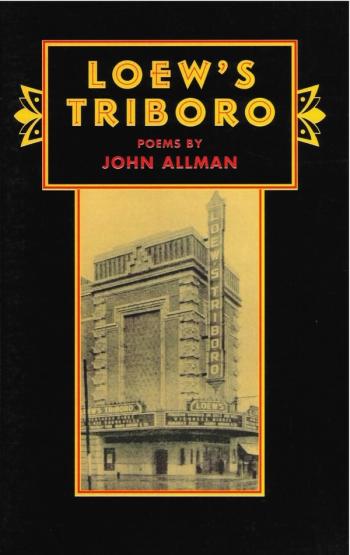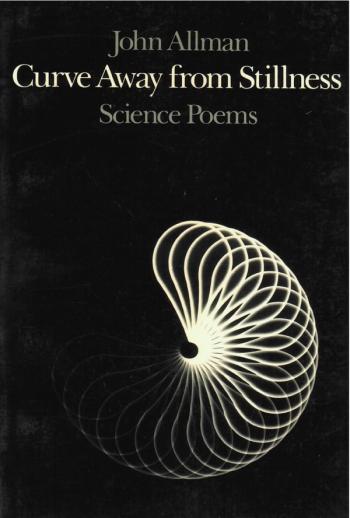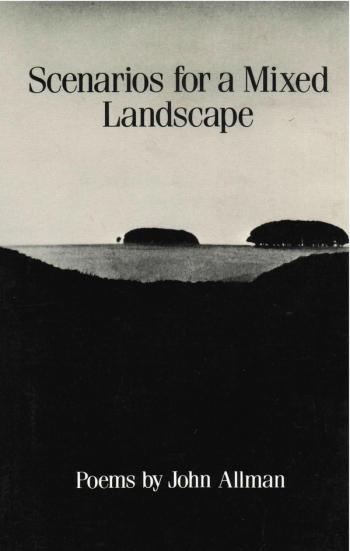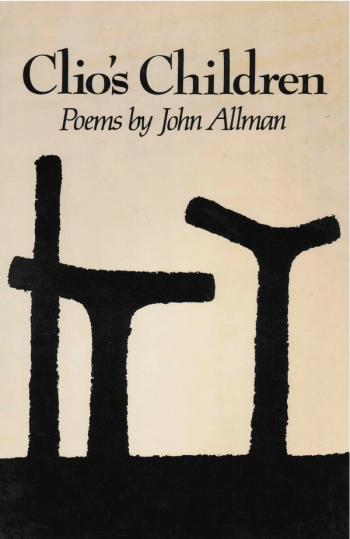John Allman
John Allman (1935-2021) spent his childhood in the Hell’s Kitchen neighborhood of New York City. In 1943 he moved with to Astoria, Queens, where he attended William Cullen Bryant High School until dropping out in 1952. He earned his diploma at night school while working as a laboratory technician in the product control labs of Pepsi-Cola. He then enrolled in Brooklyn College, as a pre-med student, but later transferred to Hunter College in the Bronx. After a period of time spent in California, as a technician, he settled on studying the humanities and chose to become a writer. For his MA in English literature and creative writing from Syracuse University, he studied with Donald Dike, Cecil Lang, Philip Booth and Delmore Schwartz.
Allman has received The Helen Bulls Prize from Poetry Northwest, a Pushcart Poetry Prize, and two National Endowment of the Arts Creative Writing Fellowships in Poetry (1984 and 1990). His work has been widely published in such magazines as The Atlantic Monthly, The American Poetry Review, Paris Review, Poetry, Poetry Northwest, and The Massachusetts Review.
